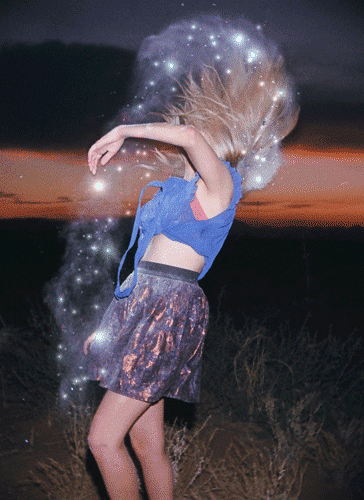Chapter 1 RR1
While reading through this chapter I was pleasantly surprised at how good this textbook is, it was very readable and the author’s writing relatable. Christopher James begins the chapter explaining how he is going to structure the book, and how he will begin each chapter with a history of the process and then explain how to do it. Also the instructions were extremely helpful because not only did they tell you haw to construct a pin hole camera but how to test and problem solve as well as including a pin hole camera aperture exposure table.
Chapter 4 RR2+3
This chapter was about the many different types of negatives that you can create to use in alternative processes. The process that we used from this chapter was making the digital transparencies negatives and the paper negative. This is a chapter was really helpful because it tells you how to create a good negative for whatever process you might choose. As well as giving the reader a lot of options on how to create a negative and still make art without the access to a darkroom.
Chapter 7 RR4+5
I know cyanotype is kind of one of those love it or hate it processes but I loved it. The blues are beautiful and the flexibility of the process is really great. I also think I’m drawn to it because it because of the hands on aspect of it, I’m somewhat new to photography so I’m used to a hands on get yourself dirty kind of creating art and you don’t really get that all the time with photography because a lot of it is digital now. I wish however that I had experimented more with the different ways of toning the cyanotype.
Chapter 8 RR6
This Chapter was mostly a very technical description of the ways you can alter your cyanotypes. What I enjoyed the most though was all the pictures of cyanotype projects that get kids involved and interested in photography, and the volunteer opportunities in other countries. I’ve spent some time volunteering in Nicaragua and would love to be a part of a project like the Nicaragua Project.
Chapter 13 RR7+8
This chapter was about the platinum/palladium printing process, which I think was my favorite alternative process that we used. Though it is a somewhat simple contact print there are so many factors that go into making them, from over exposing and developing your negative to the trial and error of mixing the chemicals and coating the paper. Again I wish I had experimented more with this process because the combination of color prints and the platinum process towards the end of the chapter are really interesting.
Chapter 23 RR9
This chapter was on the solar plate printing process and was a great reference tool to back up everything we learned in class from Drew Trusler. I thought the solar plate was really interesting because I hadn’t any experience in printmaking before. Solar plates were also interesting combination of techniques and I was surprised at how much detail they achieve because they don’t show any picture of the results in this chapter and we didn’t know a lot about how our photo was going to turn out when going into the project.
Digital Alchemy-Section 2 Alcohol Gel and Supersauce Transfers RR10
Learning the hand sanitizer method was fun and really easy and crafty, a great alternative way to print without the lab. Though the process was pretty easy I think getting the right paper is important because I had a few issues where the paper was too rough and the image didn’t come out right. It was too bad that we didn’t get to use the supersauce process because reading about it was interesting and you can apply it a lot of different surfaces.







